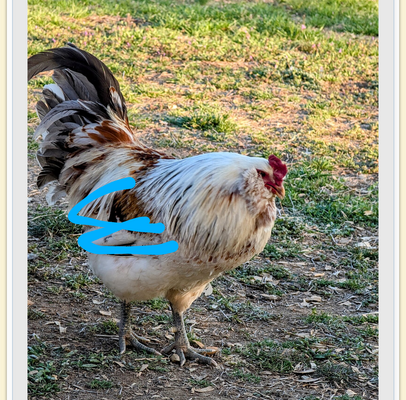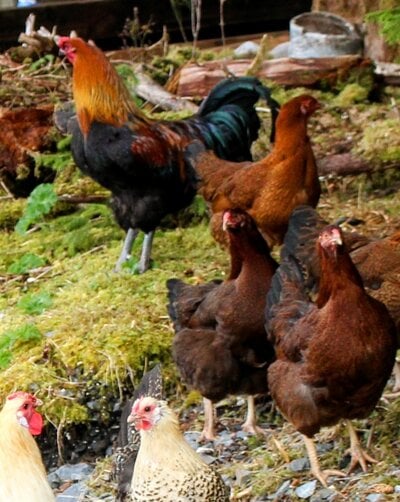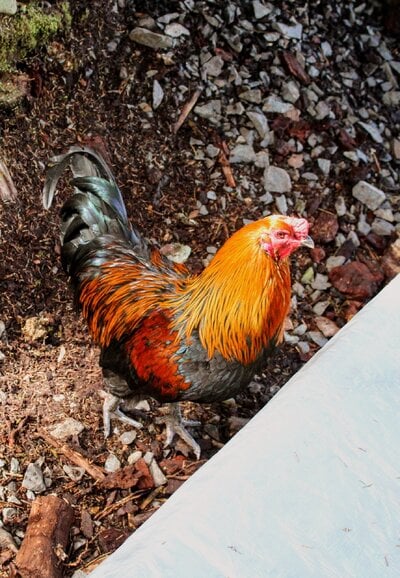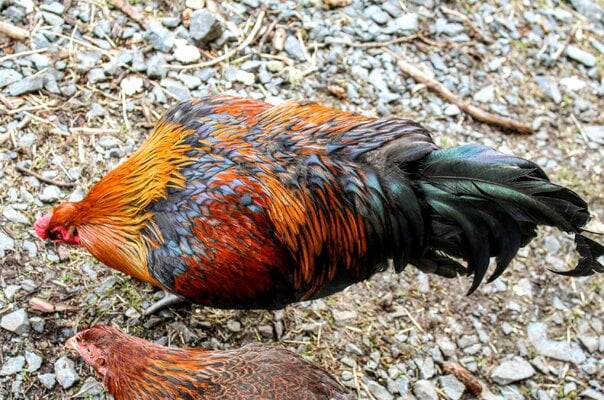He’s beautiful! And can concur as a fellow North Carolinian it’s HOT!!! And just going to get hotterSo here is a question;
would it be possible to breed a show quality bird over time with just a hatchery quality stock? my guess is probably unlikely, but possible, considering the weirdness of chicken genetics (which is *awesome*)
--------------------------------------------------------------------------
I went down this rabbit hole of what endangered birds I would love to keep and breed to help protect; you can find the link for all heritage and conserved livestock here I fell in love with Faverolles (they are only on Watch status, but still, they are on status) and unfortunately I don't think it's smart for me to keep them here in NC as they aren't heat hardy and it's hot from April to September here and June/July/August are particularly brutal.
I am getting some Campines, Dorking and Lakenvelders in June. Mayhaps I will choose from those.
Do you guys want to pick apart my hatchery quality roosters? Chuck I think is quite beautiful; Splash with Red Leakage.
View attachment 4103601View attachment 4103602View attachment 4103603View attachment 4103604

















